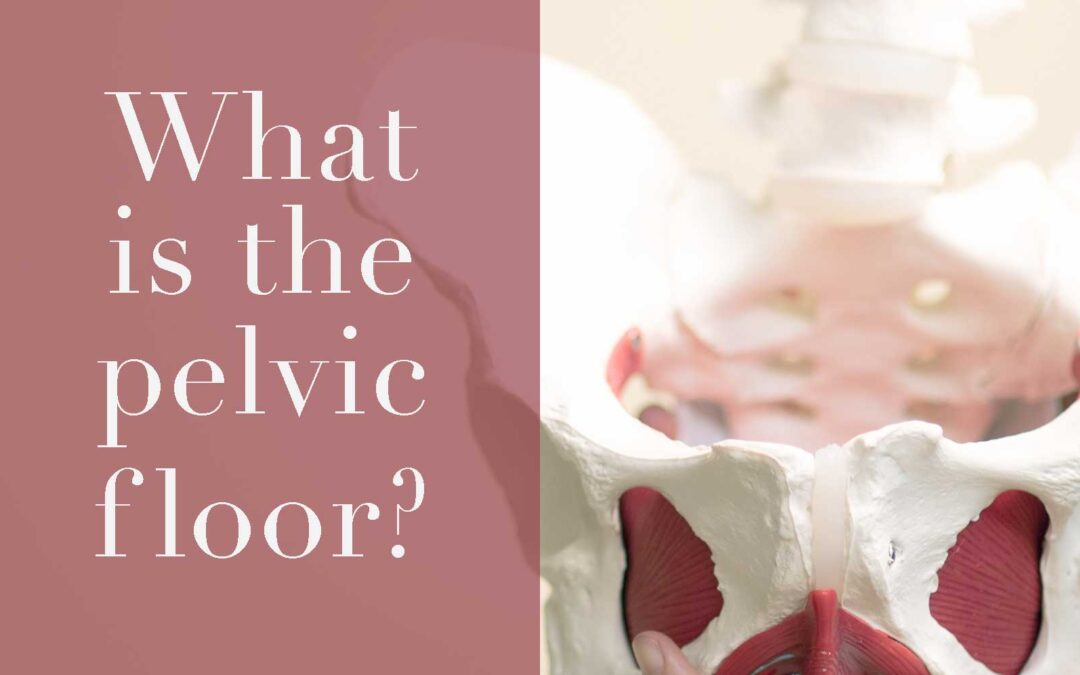The pelvic floor is a group of muscles that span the base of the pelvis, with the hip girdle at either side, the pubic bone in the front and the tailbone in the back. These muscles play a critical role in bowel, bladder and sexual function. The deeper layer works to stabilize the hip girdle and also helps to support the organs that sit in the pelvis (bladder, rectum, uterus). They work especially hard during pregnancy when they need to support the growing uterus while also stabilizing the pelvis.
The deep layer contracts and relaxes rhythmically with your breathing. As you breath in, air fills the lungs and the guts descend creating a gentle stretch to the pelvic floor muscles. As you exhale, the muscles naturally contract to lift back up and help to push the air out. When these muscles don’t work with your breathing, you might have symptoms of stress incontinence with forced exhalation (sneezing, coughing, laughing). This rhythmic up and down motion also creates a sump pump effect for the gastrointestinal system to aide with digestion and lymphatic drainage.
There is also a superficial layer of muscles that work for sphincter control to close the urethral, vaginal and anal openings. Both this layer and the deeper layer need a balance of strength and flexibility. They need to contract to lift up for support, and to close the opening to hold things in (urine, gas, stool). They also need to relax to allow for your bowel and bladder to empty. In a female pelvis, the relaxation is also important to allow for tampon use, gynecological exams and intercourse. There is more awareness around weakness in the pelvic floor muscles in relation to incontinence but tightness is also extremely common. Short and tight muscles lead to bowel, bladder and sexual dysfunction, as well as pain in the pubic bone, tailbone, hips and lower back.
Looking for your pelvic floor muscles? In sitting, use your hand to find your tailbone and then moving a little further down and towards one side. Next, contract your pelvic floor muscles by creating the motion of stopping the flow or urine or trying to hold in gas. You should feel a small movement under your fingers as these muscles activate. You can do the reverse motion by gentle pushing down like you would to have a bowel movement. A healthy pelvic floor should be able to do both motions!
For more information on the pelvic floor, pelvic floor health, or plevic floor physical therapy contact us at the Pelvic Health & Wellness Center in Manasquan, Lakewood and Colts Neck NJ




